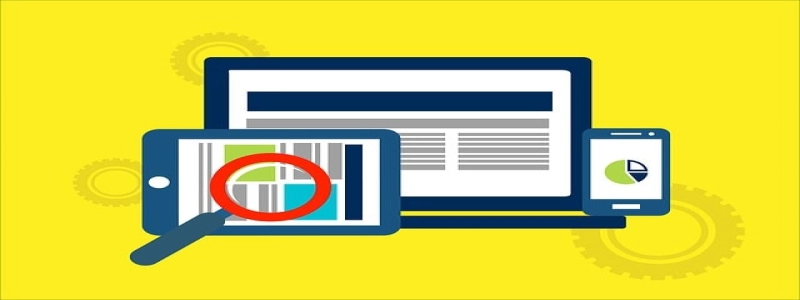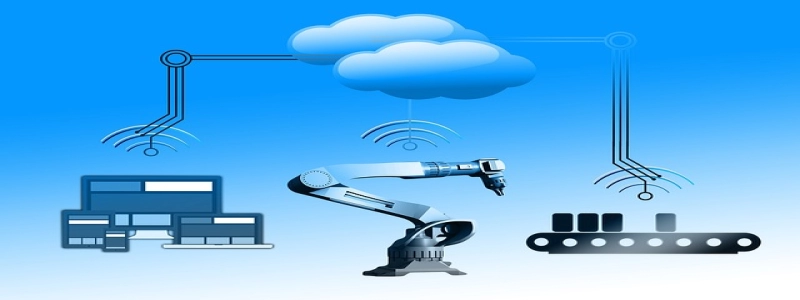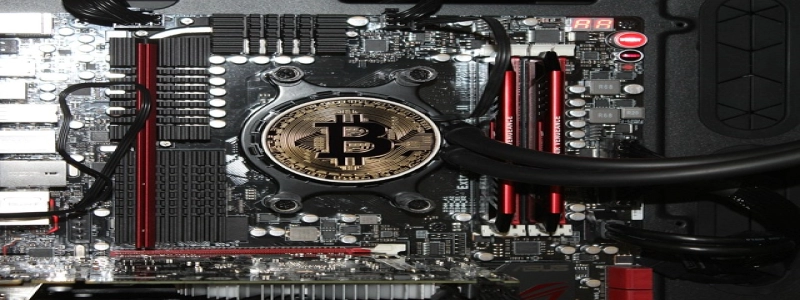Ethernet to Coax Converter
Introduction
I. Understanding Ethernet and Coax
A. Ethernet: Definition and Functionality
B. Coax: Definition and Functionality
II. Need for Ethernet to Coax Converter
A. Advantages of Ethernet over Coax
B. Situations where Ethernet to Coax Conversion is Needed
III. Working Principle of Ethernet to Coax Converter
A. Physical Connection
B. Signal Conversion Process
IV. Benefits and Applications of Ethernet to Coax Converter
A. Improved Speed and Performance
B. Integration of Different Networks
C. Applications in Multimedia and Telecommunications
Conclusion
Introduction
Ethernet to Coax Converter is a device that enables the conversion of Ethernet signals into coaxial signals. This converter plays an important role in bridging the gap between networks that use different transmission mediums. In this article, we will explore the need for Ethernet to Coax Converter and understand its working principle, benefits, and applications.
I. Understanding Ethernet and Coax
Ethernet refers to a standard set of protocols for the transmission of data packets over a local area network (LAN). It uses twisted pair cables and provides high-speed connectivity between devices. On the other hand, coaxial cables are widely used for transmitting radio frequency signals. They have a central conductor surrounded by layers of insulation and a metallic shield. Coaxial cables are commonly used for cable TV, satellite TV, and broadband internet connections.
II. Need for Ethernet to Coax Converter
A. Advantages of Ethernet over Coax
Ethernet offers several advantages over coaxial cables, such as higher speeds, better reliability, and easier scalability. It allows for faster data transfer rates and can handle larger amounts of data traffic. Ethernet also offers greater compatibility with modern networking devices.
B. Situations where Ethernet to Coax Conversion is Needed
There are situations where coaxial cables are still widely used, such as in older buildings or in setups where Ethernet infrastructure is not feasible. In these cases, Ethernet to Coax Converter becomes necessary to integrate Ethernet-based devices with coaxial networks. This could include scenarios where a coaxial cable already exists, and upgrading to Ethernet infrastructure is not practical or cost-effective.
III. Working Principle of Ethernet to Coax Converter
A. Physical Connection
The Ethernet to Coax Converter is typically equipped with Ethernet ports and coaxial connectors. The Ethernet ports are used to connect to Ethernet devices such as computers or routers, while the coaxial connectors interface with coaxial cable infrastructure.
B. Signal Conversion Process
The converter translates the electrical signals used by Ethernet devices into radio frequency signals suitable for coaxial cables. It performs both modulation and demodulation processes. Modulation involves converting the input Ethernet signals into a format compatible with coaxial cables, while demodulation converts the received coaxial signals back into Ethernet signals for further processing.
IV. Benefits and Applications of Ethernet to Coax Converter
A. Improved Speed and Performance
By utilizing Ethernet technology over coaxial cables, the converter enables faster data transfer speeds and better overall performance. This allows for a seamless integration of newer Ethernet devices with existing coaxial cable infrastructure.
B. Integration of Different Networks
Ethernet to Coax Converter facilitates the integration of networks that use different transmission mediums. By converting Ethernet signals into coaxial format, it allows for the connection of Ethernet devices to coaxial cable networks seamlessly.
C. Applications in Multimedia and Telecommunications
The Ethernet to Coax Converter finds extensive applications in multimedia and telecommunications industries. It enables the distribution of multimedia content over coaxial cable infrastructure, connecting devices such as television sets, media players, and streaming devices to the Ethernet network.
Conclusion
In conclusion, Ethernet to Coax Converter plays a crucial role in bridging the gap between Ethernet and coaxial cable networks. By converting Ethernet signals into coaxial format, it enables the seamless integration of devices and networks that use different transmission mediums. The converter offers benefits such as improved speed, performance, and compatibility, making it a valuable tool in various industries, including multimedia and telecommunications.








